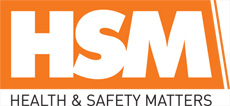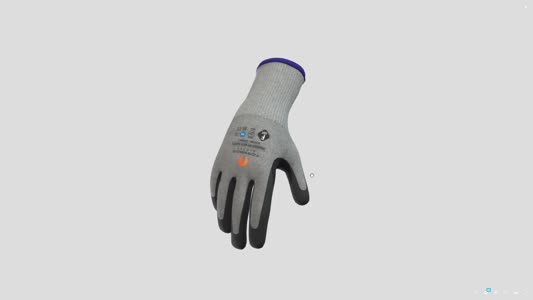
 |
Mark Sennett
Managing Editor |
 |
Kelly Rose
Editor |
| Home> | Health & Wellbeing | >General Health & Wellbeing | >Report highlights longstanding nursing staff shortages |
Report highlights longstanding nursing staff shortages
09 February 2022
THE ROYAL College of Nursing (RCN) is demanding urgent action by governments across the UK to increase nursing supply as new analysis shows worrying trends pose risks to patient safety.

A new RCN report reveals that dire shortages in the nursing workforce were compromising patient care even before the COVID-19 pandemic.
The report, which shares data not previously released by the RCN, shows how longstanding issues with the recruitment and retention of nursing staff have become worse over the past two years.
Going into the COVID-19 pandemic, in January 2020, 73% of nursing staff surveyed by the RCN said staffing levels on their last shift weren’t sufficient to meet the needs of patients safely and effectively. More than half (57%) felt patient care was compromised.
Nursing staffing levels weren’t acceptable to staff or patients then and this won’t have improved given that demand has continued to build, the report finds.
RCN general secretary & chief executive Pat Cullen said, “The past two years have revealed the extent of how ill-prepared the UK was for the additional pressures on the health and care system during the pandemic.
“This mounting pressure continues to present grave risks to patients. However, the risks to nursing staff - and to recruitment and retention as these pressures continue - must not be underestimated.”
The report sets out the nursing workforce picture in the UK, identifying concerning factors affecting the future supply of staff and the impact this will have on patient safety.
It says one in five nursing registrants are 56 years of age or over and due to retire in the next few years, perhaps earlier given the intolerable pressures they’re facing.
Only 56% of new people joining the UK nursing register in 2021 were educated and trained in the UK, exposing a longstanding over-reliance on international recruitment potentially at a cost to other countries needing to retain their workforce.
In addition, the report shows the swelling in numbers of registered nurses in the UK during the pandemic is starting to drop. Before last year the number leaving the Nursing and Midwifery Council register was decreasing year-on-year. But the data shows a change in direction in 2021, with 11.3% more people leaving the register than in 2020.
There is significant risk that the number of leavers will continue to increase in the coming years as the pandemic eases. Without significant improvement in recruitment and retention, the workforce will continue to be chronically understaffed.
Health and care systems are now well past the point of crisis in terms of having sufficient staffing for safe and effective care, concludes the report.
“We expect governments across the UK to take these risks to patient safety seriously,” added Pat. “They must take decisive action to significantly grow the domestic nursing workforce. Robust policy and investment measures are needed as a matter of urgency.
“As a minimum, every country in the UK must have accountability for the health and care workforce enshrined in legislation, and a government-funded health and care workforce plan, including fair pay for nursing staff.”
- Injured worker has leg amputated
- Fine after employee suffers explosion burns
- Real-time analytics can prevent closures
- Care home resident dies following lift fall
- Rogue trader spared jail following unsafe gas work
- IOSH issues statement on RAAC
- Free workplace wellbeing help for SMEs
- Evotix on mission to reduce workplace accidents
- Manufacturer fined after gas asphyxiation
- Fines after man injured during excavation work
- BSIF: Covid-19 Update
- Dust tight
- SAFEContractor for 5th year
- BSC welcomes proposals to slash legal costs in personal injury claims
- Get some insight
- Asbestos remains number one killer
- Chemical exposure course goes more than skin deep
- Getting workers involved in safety
- Dual drug testing
- On-site health screening























